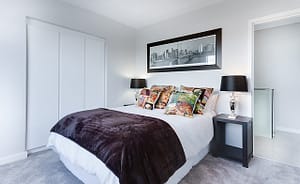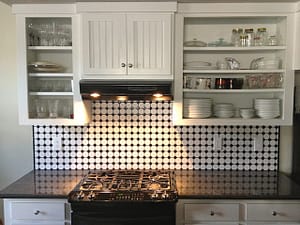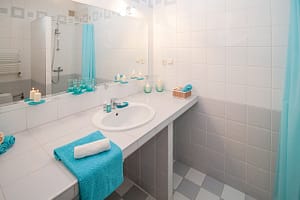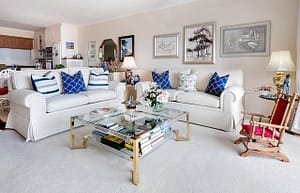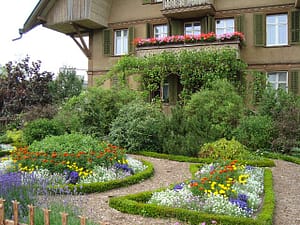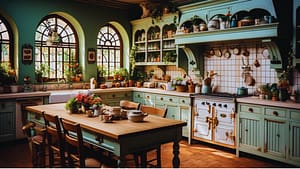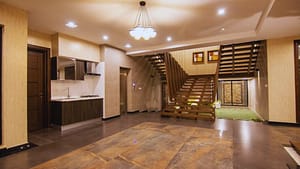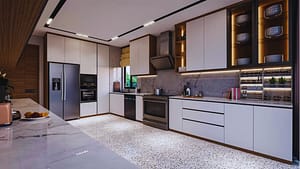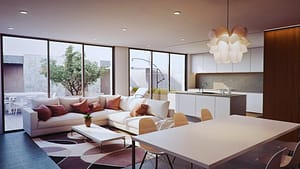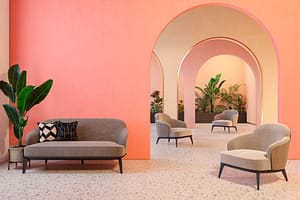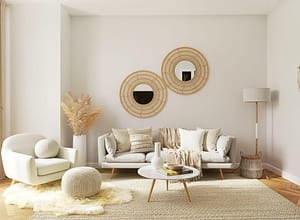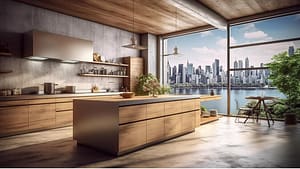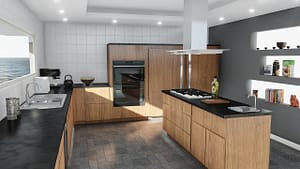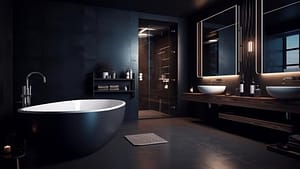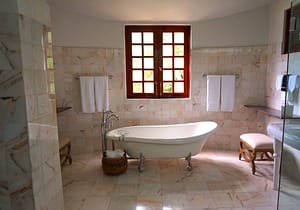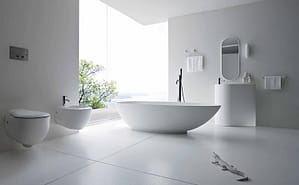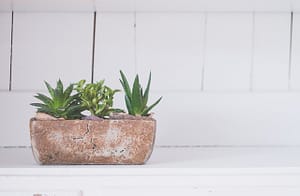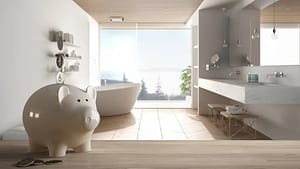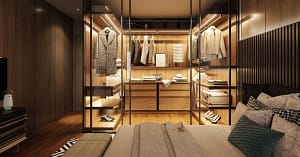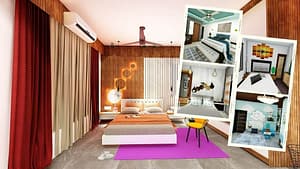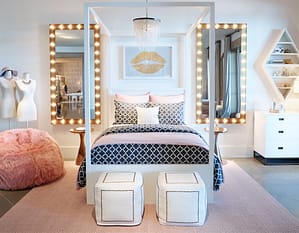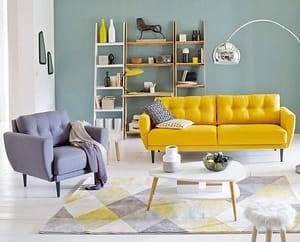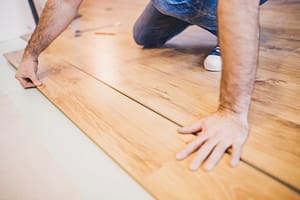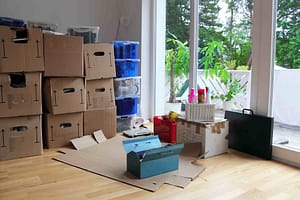
When talking about lights or lighting concerning home decor, the discussion involves beautiful lamps, the ambiance created by light and shadow on wall décor or canvas, etc. However, when the same discussion involves larges spaces like hangers, stadiums, factories, etc., it centers around the ancient use of light: to remove darkness and provide sufficient light to facilitate the carrying out of any and every activity the large space is intended for. That is where LED high-bay lights to come in.
LED high-bay lights are a very powerful type of luminaires suitable for lighting up huge spaces like warehouses, stadiums, hangers, etc.
Just bought a warehouse or hanger and thinking about buying high bay LED lights for illumination? Then there are several factors you must be aware of! Otherwise, you are likely to end up with poor quality lights which would burn lots of your money in the long run!
Let’s discuss seven tips for choosing the best high-bay LED lights so that both you and your wallet stay healthy and relaxed.
1. Create a layout of the space
If you have thought about it, then you are wiser than you give yourself credit for (no kidding).
This is a crucial step before cramming your shopping cart with these hulky LED lights.
Fulfilling this step would require getting detailed dimension data of the space you intend to buy the lights for. AutoCAD can be very handy for this purpose.
In AutoCAD, you would be able to put in virtual light fixtures as well. This would help determine the spacing between the fixtures and the number of lights that you would need.
2. Purpose of the space
After forming the layout of your expanse, write down its purpose in a notebook. There should also be other information such as the hours of operation, the number of personnel, types of activities they would be performing.
Why this information is important?
If the purpose is to just store goods in spaced-out columns after bringing them in, then every corner of your space would need illumination. If it would serve as a workstation, then individual spots would need to have lights bright enough for people to correctly perform their works.
3. Thoroughly check the available light fixtures and circuit
This is important because if there is any fault here, your expensive light(s) may get damaged.
Hire a competent electrician with experience in electric circuits for large spaces. Have him/her check the following:
- Status of every fixture.
- Availability of external drives for LED lights.
- The power factor of those drives (if available). It should be 0.95 or more.
- Insulation of the drives against moisture, dust, water, etc.
- Voltage and current rating of the power supply.
- Abnormal fluctuations of the supply voltage /current. If there is, then have a stabilizer installed to steady it.
- Safety features such as circuit breakers with appropriate ratings.

4. Figure out required lumen
Lumen is the standard unit for the measurement of visible light emitted from a source per unit of time (you just got wiser).
To provide adequate light for the purpose of your expensive space, the high-bay LED lights must provide a minimum number of lumens.
If you can figure it out from the LED light specs available on the internet, then be my guest. But if the thought of it gives you a headache, then relax. There are professionals who do LED light audits.
The cost of having this audit done would pay for itself by helping you choose the proper type and number of lights from a suitable manufacturer.

5. Number and type of high-bay LED lights required
Now that you are armed with the knowledge of your space layout and the LED light audit, you need to decide which sort of high bay LED light your warehouse/hanger needs.
There are several types available in the market. These are:
- UFO High-bay lights
Spreads out light in all directions.
- Linear High-bay lights
Emits lights around a straight line.
Of these two, UFO type is the most popular one. But since you are not hosting any gala events here, choose one best suited for your purpose. You can ask the LED auditor for help.
Next, you need to know exactly how many lights you need. This is very easy to calculate. Just divide the total number of lumens required for your space (it would be in the audit) by the individual lumen delivered by the type of high-bay LED light you have chosen. If it seems too much trouble, just politely ask the LED auditor to help you with this.

6. Check out suppliers and their warranty clauses
As the LED light industry is growing by gallops (projected to reach $33.3 billion valuations in 2019), many companies are moving into the industry for their piece of the cake. Its pros: the intense competition is reducing the cost customers need to pay. The cons: very few companies can provide quality lights and honor their warranty clauses.
Thus you need to thoroughly vet at least 4/5 suppliers and gather feedback from their customers before you rush to the supplier’s outlet. Talk to neighboring warehouse/hanger/general store owners and get their recommendations. Then zero in on the supplier who seems the most reliable.
7. Test the lights
When negotiating with the supplier, be very clear about this. When you test a few lights in your space, you would get a good idea about exactly how much area would be illuminated with how much light. This would also let you know how much electricity each consumes. Do match this data against the spec from the supplier. The smaller this difference is, the better.
LED lights consume about one-fourth of the energy input needed for their metal-halide or filament counterparts. They also have a useful life which is up to 10 times longer. Thus it is very easy to be mind-blown by the amount of money these can save you over the years and rush in for the purchase.
This is the moment when you have to stop yourself. Gather information. Use the tips mentioned above. If you do, only God would be able to mess with your lights!
